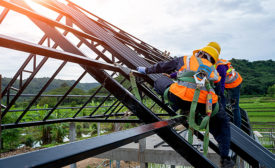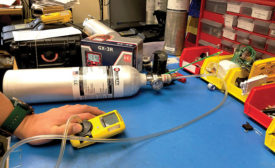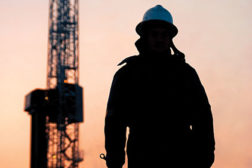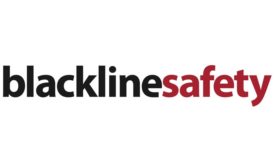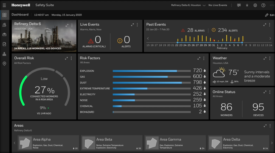Oil and Gas Industry Safety & Health
Top 25 most dangerous jobs in the United States
On-the-job deaths have been rising in recent years
November 5, 2020
A FairWarning Story
Moving away from fossil fuel: The escalating push for setbacks from drilling sites
July 23, 2020
Digital transformation meets the latest in combustible gas detection
Keeping everyone safe while ensuring efficient operations
July 1, 2020
Blackline Safety, NevadaNano partner for combustible gas detection innovation
Blackline adds cutting-edge MPSTM Flammable Gas Sensor technology to its lineup of cloud-connected G7 wearables
June 25, 2020
Become a Leader in Safety Culture
Build your knowledge with ISHN, covering key safety, health and industrial hygiene news, products, and trends.
JOIN TODAYCopyright ©2025. All Rights Reserved BNP Media.
Design, CMS, Hosting & Web Development :: ePublishing
